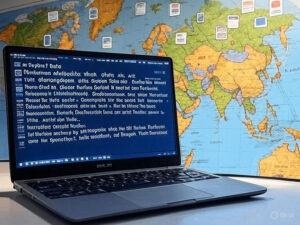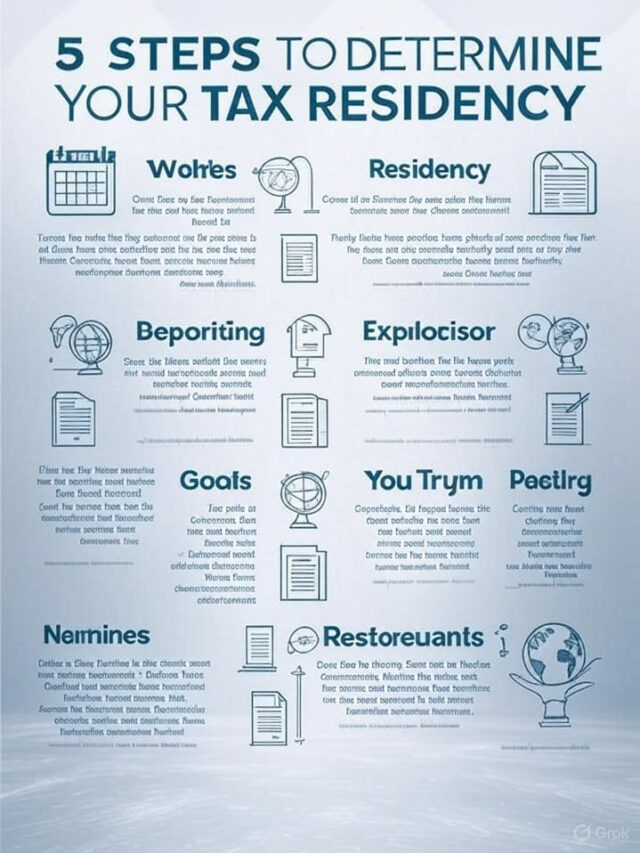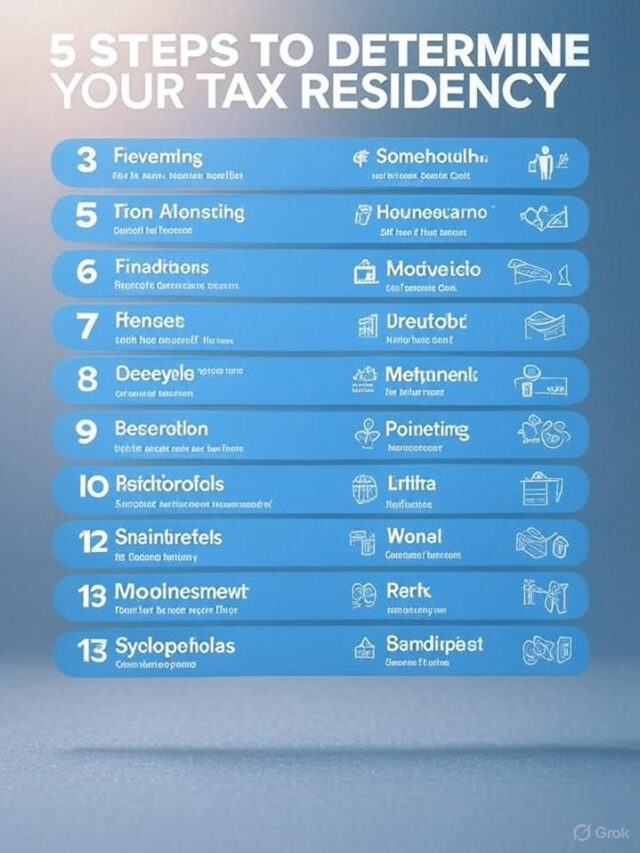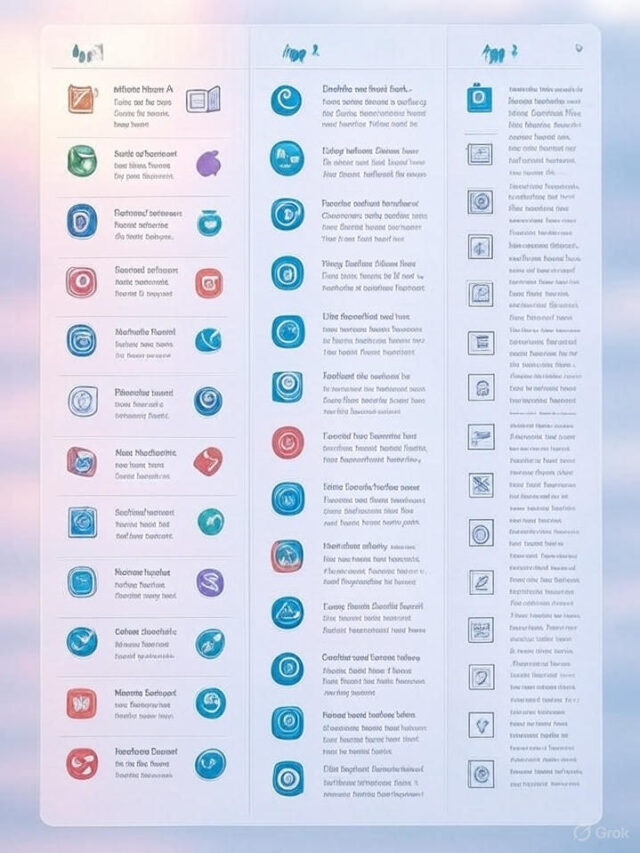
Managing Virtual Meeting Stress: Practical Tips to Stay Calm and Productive
In today’s remote work era, virtual meetings have become a cornerstone of collaboration. But let’s be honest—back-to-back Zoom calls, technical glitches, and the pressure to stay engaged on-screen can lead to virtual meeting stress. If you’ve ever felt overwhelmed, anxious, or just plain exhausted after a day of online meetings, you’re not alone. The good news? Managing virtual meeting stress is entirely possible with the right problem-solving strategies. In this article, we’ll explore how to deal with virtual meeting stress and share **tips for reducing virtual meeting stress** to help you stay calm, focused, and productive.

What Is Virtual Meeting Stress?
Virtual meeting stress is the mental and emotional strain caused by participating in online meetings. Unlike in-person meetings, virtual ones come with unique challenges: staring at a screen for hours, struggling with spotty internet, or feeling disconnected from colleagues can all pile on the pressure. Add in the expectation to be “on” all the time—smiling, nodding, and contributing—and it’s no wonder so many of us feel drained.
This stress can manifest as anxiety before a meeting, frustration during technical hiccups, or even physical symptoms like headaches or fatigue. The phenomenon is so common that terms like “Zoom fatigue” have entered our vocabulary. But don’t worry—by understanding the root causes and applying practical strategies, you can take control and make virtual meetings less stressful.
Why Do Virtual Meetings Cause Stress?
Before diving into how to deal with virtual meeting stress, let’s break down why these meetings can feel so overwhelming:
Screen Fatigue: Staring at a screen for long periods strains your eyes and brain, leading to mental exhaustion.
Multitasking Pressure: Trying to follow the conversation, read chat messages, and manage other tasks can overload your brain.
Technical Issues: Dropped connections, audio problems, or software glitches disrupt the flow and add frustration.
Lack of Non-Verbal Cues: Virtual settings make it harder to read body language, which can make interactions feel awkward or disconnected.
Meeting Overload: Too many meetings in a day leave little time for focused work or breaks, amplifying stress.
Understanding these triggers is the first step to **managing virtual meeting stress**. Now, let’s explore actionable strategies to tackle this issue head-on.
How to Deal with Virtual Meeting Stress
If virtual meetings are leaving you frazzled, these problem-solving techniques can help you regain control and approach each call with confidence.
1. Prepare Like a Pro
One of the best ways to reduce virtual meeting stress is to prepare in advance. Knowing what to expect from the meeting will reduce the anxiety and provide confidence which will help to keep you calm, cool & control. Here’s how:
Check Your Tech: Test your microphone, camera, and internet connection before the meeting. Keep a backup plan, like a phone dial-in option, in case of glitches.
Review the Agenda: If the meeting has an agenda, skim it beforehand to understand the goals and your role. If there’s no agenda, ask the organizer for a quick overview.
Set Up Your Space: Create a quiet, comfortable environment with good lighting and minimal distractions. A tidy desk and a glass of water can work wonders.
Preparation minimizes surprises, which is key to **managing virtual meeting stress**. When you’re ready for anything, you’re less likely to feel overwhelmed.
2. Practice Active Engagement
Feeling disconnected or disengaged during virtual meetings can heighten stress. Instead of passively listening, actively participate to stay focused and reduce anxiety.
Ask Questions: Jot down a question or two to ask during the meeting. This keeps you engaged and shows you’re contributing.
Use the Chat Wisely: Share quick thoughts or resources in the chat to stay involved without speaking up constantly.
Take Notes: Writing down key points helps you stay present and gives you a reference for later, reducing the pressure to remember everything.
Active engagement shifts your mindset from “I’m stuck in this meeting” to “I’m part of this conversation,” making the experience less stressful.
3. Set Boundaries for Meeting Overload
If your calendar is packed with virtual meetings, it’s time to set boundaries. Over-scheduling is a major driver of virtual meeting stress, but you can take steps to manage it:
Limit Meeting Time: Advocate for shorter meetings (30 minutes instead of an hour) or suggest “no-meeting” days to create breathing room.
Say No When Needed: If a meeting isn’t essential to your role, politely decline or ask if you can get a summary instead.
Schedule Breaks: Block off 5-10 minutes between meetings to stretch, grab a snack, or just breathe. These micro-breaks can prevent burnout.
By controlling your meeting schedule, you’ll feel more empowered and less overwhelmed.
Tips for Reducing Virtual Meeting Stress
Now that we’ve covered how to deal with virtual meeting stress, let’s dive into specific tips for reducing virtual meeting stress in your day-to-day routine. These practical strategies will help you stay calm and productive, even during the busiest virtual meeting days.
1. Take Screen Breaks
Staring at a screen for hours is a recipe for mental and physical fatigue. To combat this, incorporate regular screen breaks into your routine:
Follow the 20-20-20 Rule: What is it? Look something in a distance of 20 meters for 20 Seconds in each 20 Minutes of Virtual meeting.
Turn Off Your Camera (Sometimes): If you’re feeling self-conscious or drained, ask if it’s okay to turn off your camera for parts of the meeting. Audio-only participation can feel less intense.
Step Away Between Meetings: Use the time between calls to step outside, look at nature, or close your eyes for a moment. Even a quick break can reset your brain.
These small habits can significantly reduce the physical strain of virtual meetings, helping you stay refreshed.
2. Practice Mindfulness Techniques
Mindfulness is a most powerful tool for managing virtual meeting stress. By staying present and calm, you can handle challenging moments with ease. Try these techniques:
Deep Breathing: Before or during a meeting, take slow, deep breaths (inhale for 4 seconds, hold for 4, exhale for 4). This calms your nervous system.
Grounding Exercise: If you feel anxious, focus on your senses—notice three things you can see, hear, and touch in your environment to anchor yourself.
Positive Affirmations: Remind yourself, “I’m prepared, and I can handle this meeting.” A quick pep talk can boost your confidence.
Incorporating mindfulness into your routine takes just a few minutes but can make a big difference in how you feel.
3. Optimize Your Meeting Schedule
A well-structured schedule can prevent virtual meeting stress from spiraling. Here’s how to streamline your calendar:
Batch Meetings: Group meetings together in a specific time block (e.g., mid-morning) to free up the rest of your day for focused work.
Request Agendas: Ask organizers to share clear agendas so meetings stay focused and don’t drag on unnecessarily.
Use Time Zones Wisely: If you work across time zones, suggest meeting times that balance everyone’s needs to avoid late-night or early-morning stress.
A thoughtful schedule reduces the chaos of virtual meetings, giving you more control over your day.
4. Build Connection and Support
Virtual meetings can feel isolating, but fostering connection with colleagues can ease stress. Here’s how:
Start with Icebreakers: Suggest a quick check-in question (e.g., “What’s one thing you’re excited about this week?”) to create a warm, collaborative vibe.
Follow Up Offline: If a meeting feels tense or confusing, reach out to a colleague afterward for a quick chat to clarify or decompress.
Seek Feedback: If you’re anxious about your performance, ask a trusted colleague for constructive feedback. When you know, where you stand, it will reduce the stress.
Building rapport creates a team spirit than a boring meeting.
Putting It All Together
Virtual meeting stress doesn’t have to derail your productivity or well-being. By preparing thoroughly, engaging actively, setting boundaries, and using tips for reducing virtual meeting stress like screen breaks and mindfulness, you can transform your virtual meeting experience. These problem-solving strategies empower you to tackle challenges with confidence, whether it’s a technical glitch, a packed schedule, or just the mental drain of being “on” all day.
Start small—pick one or two of these strategies to try in your next meeting. Over time, you’ll find what works best for you, turning managing virtual meeting stress into second nature. Have a favorite tip for staying calm during virtual meetings? Share it with your team or in the comments below—let’s keep the conversation going!


Tax Strategies for Digital Nomads: A Comprehensive Guide to Staying Compliant and Saving Money


Saving Money as a Digital Nomad: A Comprehensive Guide to Financial Freedom


The Best Budgeting Apps for Digital Nomads: Managing Finances on the Go


AI Writing Tools: Your Ultimate Guide to Smarter Content Creation in 2025

Categories
Recent Posts

Retirement Planning for Digital Nomads: A Roadmap to Financial Freedom on the Move

Tax Strategies for Digital Nomads: A Comprehensive Guide to Staying Compliant and Saving Money


Saving Money as a Digital Nomad: A Comprehensive Guide to Financial Freedom












